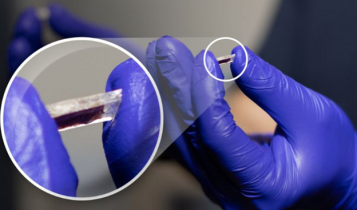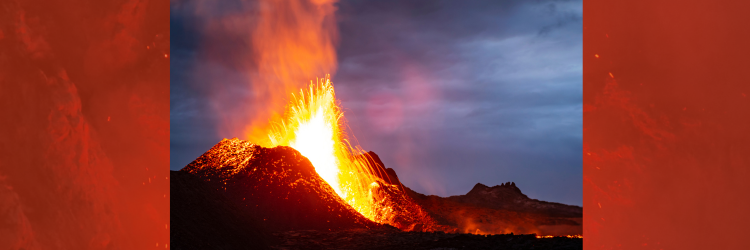Can Sensors Operate at 900 Degrees Celsius?
Aerospace, energy, transportation, and defense require sensors to measure and monitor under extremely harsh conditions for both human safety and mechanical systems integrity. Sensors must work in high temperatures and be rugged enough to monitor pipeline pressures to geothermal wells and nuclear reactors.
Researchers at the University of Houston created a new sensor that works in temperatures as high as 900 degrees Celsius or 1,650 degrees Fahrenheit, the temperature at which the hottest type of volcanic lava, Mafic lava, erupts. Their results are published in Advanced Functional Materials and are featured on its cover.

The research team previously developed a III-N piezoelectric pressure sensor for harsh-environment applications using single-crystalline Gallium Nitride, or GaN thin films. However, the sensor’s sensitivity decreases at temperatures higher than 350 degrees Celsius. They believe the decrease is due to the minimum energy required to excite an electron and supply electrical conductivity wasn’t wide enough. To test, they developed a sensor with aluminum nitride or AlN, proving the hypothesis as the sensor operated at about 1000 degrees Celsius. AlN and GaN have unique properties suitable for use in sensors for extreme environments; the researchers were excited to find that AlN offered a wider bandgap and an even higher temperature range. With AIN, synthesis and fabrication of the thin film was the challenge.
Since the researchers have successfully demonstrated the potential of the high-temperature piezoelectric sensors with AlN, they will test it further in harsh real-world conditions, including nuclear plants for neutron exposure and hydrogen storage to test under high pressure. The sensor’s flexibility will also lend itself to wearables and soft robotics.

